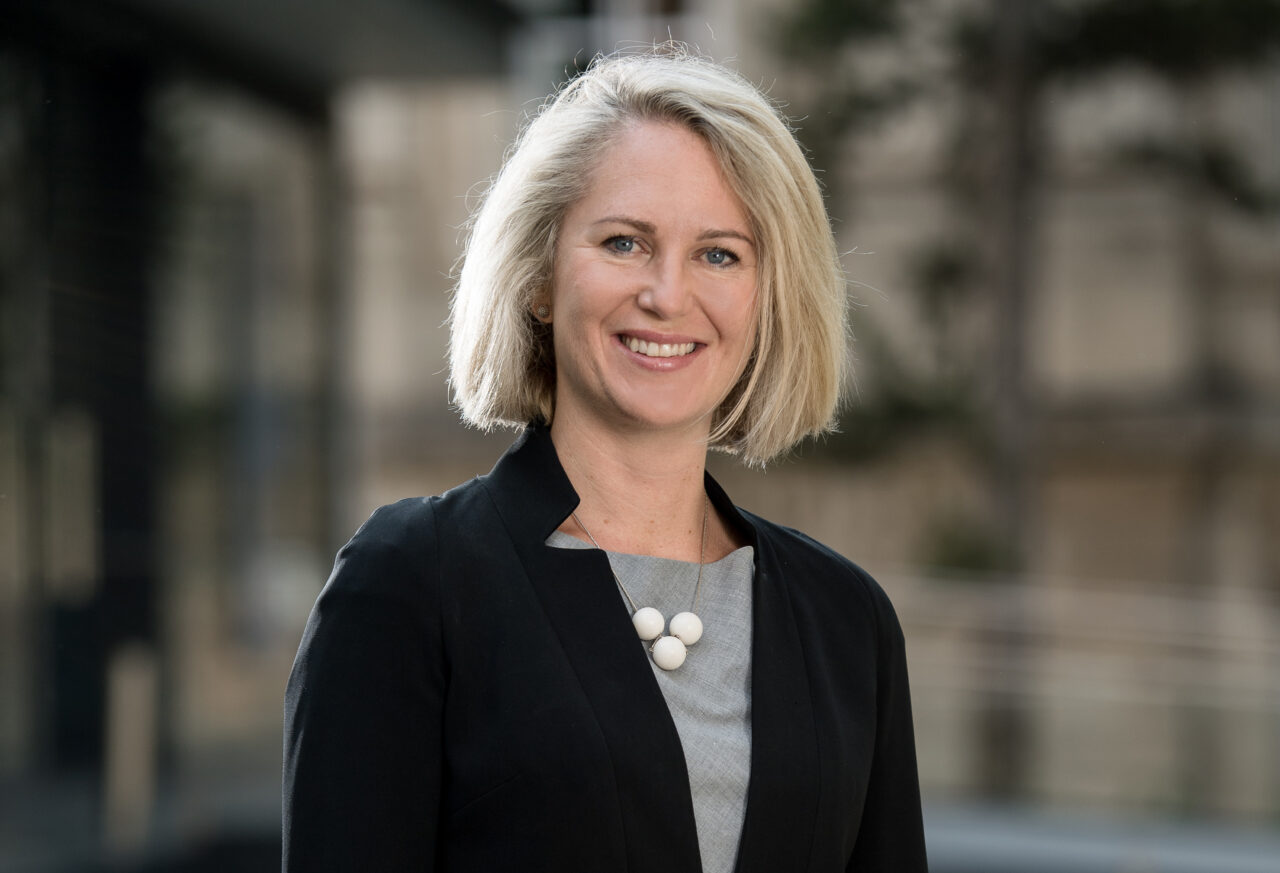A study by Esade Center for Social Impact and banking foundation BBK finds that impact measurement and management is starting to take a central place in the daily life of Europe’s foundations

In brief
- There is widespread acceptance of critical role that impact management and measurement (IMM) plays in running a social organisation
- Lack of resources perceived as a key challenge to advancing IMM’s role for European foundations
- European foundations lag behind US counterparts on transparency and day-to-day IMM practices but improving
European foundations are slowly closing the gap between rhetoric related to effective impact management and measurement (IMM) and action, according to a recently-published report by the Esade Center for Social Impact (ECSI) and the Spanish banking foundation BBK.
Despite still lagging behind their US counterparts, Europe’s foundations are improving their IMM approach thanks to the adoption of learning practices in the field, supported by greater transparency, data sharing and collaboration across the sector.
According to the report, there are around 147,000 European foundations, who receive €60 billion in donations per year and collectively manage €511 billion in assets and endowments.
The report, ‘Taking the Pulse of the European Foundation Sector’, is the result of a year’s collaboration, webinars and surveys with the 47 member foundations of two Spanish and European Communities of Practice (CoP).
It notes that over the last decade, foundations have made good progress regarding IMM and that the challenges that remain are “primarily related to resources rather than intentionality or mindset”.
Noting that we are living through a “powerful shift within philanthropy”, the authors of the report highlight that although analytical and KPI-based IMM has a role to play, a more collaborative learning-based approach, in which grantees and their beneficiaries’ own experience and feedback is the focus, will lead to better outcomes for their projects and programmes.
Lisa Hehenberger, director of the Esade Center for Social Impact, and one of the authors of the report, says: “Foundations across the sector are at different stages in impact management and measurement and one of our objectives was to improve the impact management and measurement of the foundations taking part in our communities of practice. The other, was to help the whole sector by sharing our findings and what we have learnt.”
‘Learning journey’

“Since starting to work with foundations 10-15 years ago, I have noticed a big shift in conversation, from talking about budgets and disbursements to thinking about transparency and accountability, and from simply measuring impact to report on it, to trying to understand what they are and aren’t doing well. This is part of the learning journey we talk about, and for many foundations it has been a transformational experience”, Hehenberger says.
To measure the pulse of impact management in Europe today and help members better understand what good IMM looks like, ECSI created an Impact Management Learning Roadmap.
This ‘roadmap’ is based on five themes: designing an impact management approach; resourcing and organising for impact management; embedding impact management through organisational culture; building internal and external capacity to manage impact; and, finally, collaborating and sharing knowledge.
Perceived lack of resources
“The battle for hearts and minds has been won.” These are the words used in the report to describe the sector-wide recognition of the important role IMM plays in the functioning of any foundation or social organisation. Still, many foundations say that resourcing remains the greatest barrier to taking action.
Hehenberger notes this is a perception rather than a real barrier and one which foundations need to overcome, with support from senior management a critical success factor.
She says: “I often hear from smaller foundations that learning is costly, that it sounds complicated and that they don’t have the resources. My answer to them is, if your purpose and mission is to, for example, reduce unemployment and you do not actually know if you are doing it well, then what is the point in continuing as usual?
“You need to know if you’re achieving your mission and dedicate the right proportion of your budget to do it. It’s about making a decision, allocating a budget and getting started.
“It also has to be something that the management team sees as strategic, and that the data collected is integrated into their decision-making processes. Otherwise, it becomes a marginal activity with no implication on how they work.”
The movers and shakers
Although there is a recognised need for improvement, individual foundations are finding and sharing innovative ways to progress along their respective learning journeys.
According to the report, there is a group of foundations “who appear to be cracking the code in terms of ‘how’ to do IMM and who are pioneers in IMM as a whole or in specific aspects”. Case studies showcasing best practices from pioneering foundations are included in the study.
Foundations such as the Laudes Foundation, the Argidius Foundation, the Esmée Fairbairn Foundation, NESsT, the King Baudouin Foundation, the Santa María La Real Foundation, and the Fondation Daniel et Nina Carasso are working towards strengthening the impact management culture within their organisations, by spending more on learning as a proportion of their budgets. They are also “using their role as conveners to create learning, not only internally but across the entire sectors where they operate”, the report says.
Hehenberger believes that other actors in impact investment could learn a lot from foundations as they become experts on specific problems and on putting together multi-stakeholder collaborations.





